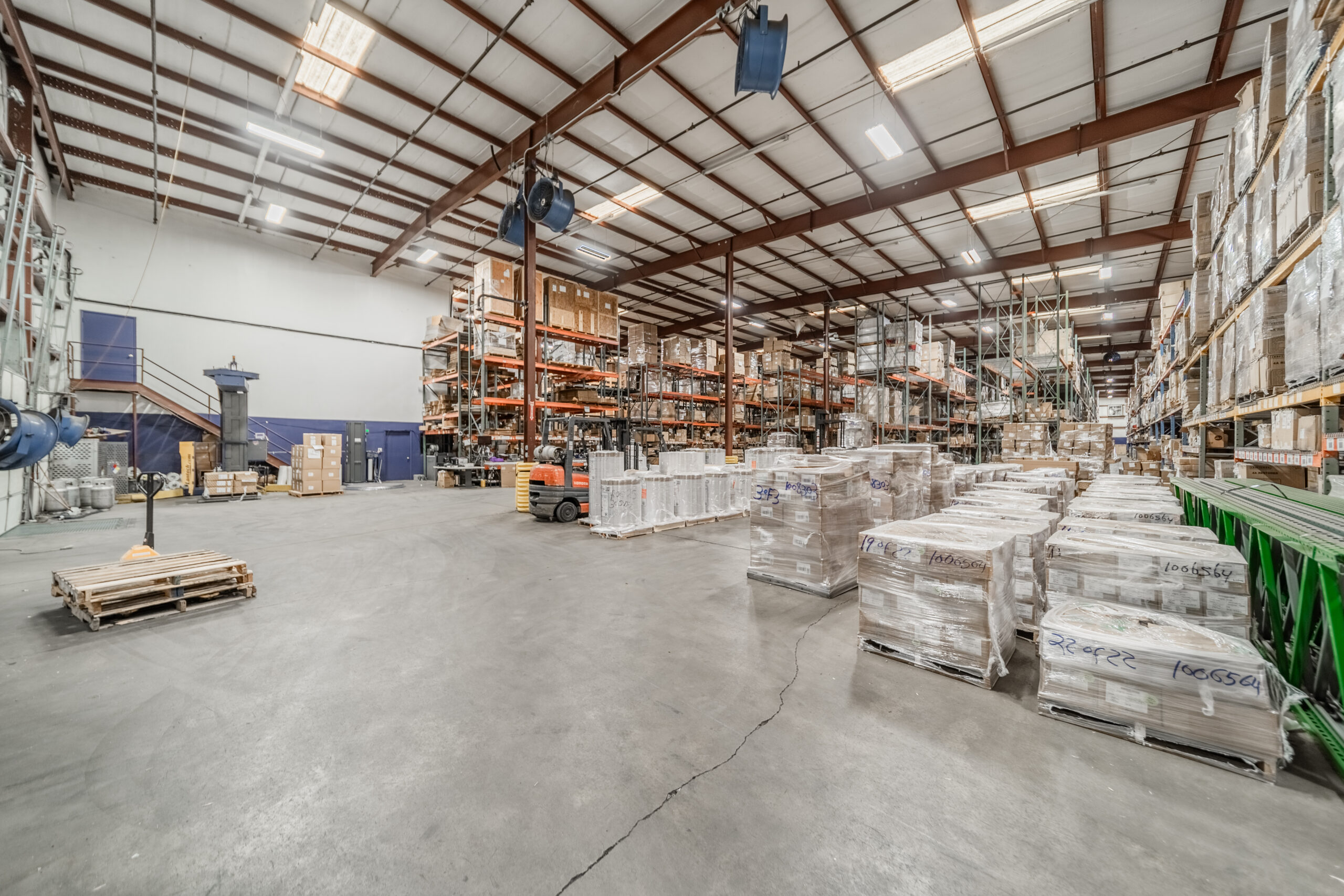
Effortless Returns
Simplify your life by letting us handle returns. We’ll receive any goods your retailers or end customers return. Once in our care, we’ll inspect these returned items for any defects. After verifying their condition and confirming they are still sellable, we’ll update your inventory in our system. But our returns services don’t stop there. We’ll also repackage returned items so that they can be reshipped to new destinations, and process any refunds or exchanges in accordance with your policies. We’re happy to dispose of any products deemed unsellable, and will consistently provide you with reports of returned items. You’ll be able to assess trends and make any necessary adjustments.

















